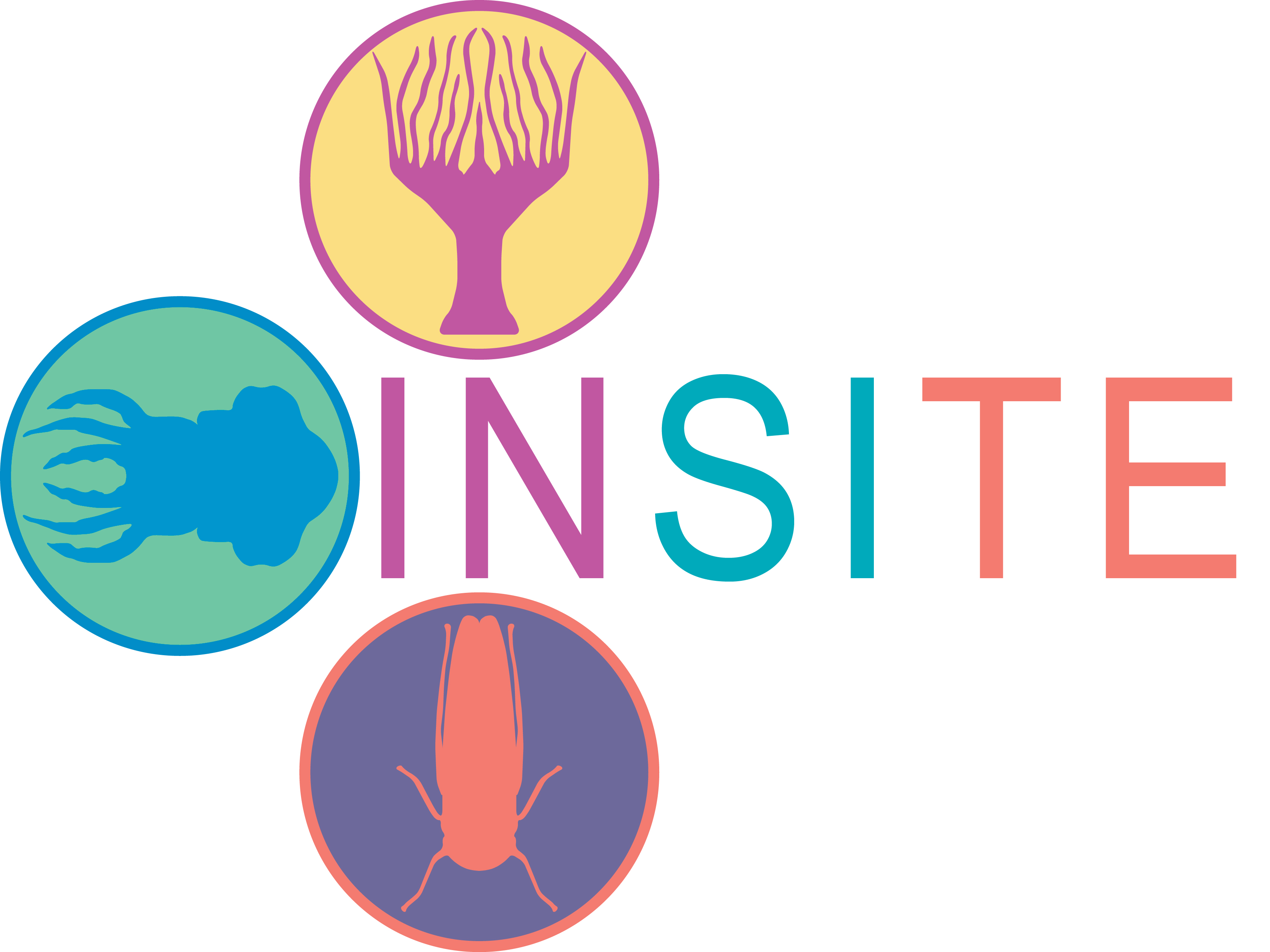asdasda 
Effect of climate change on Macrosteles quadrlineatus and its obligate symbionts
ykwak[at]ucmerced.edu
Heather uses field, laboratory, genomic, and bioinformatic procedures to investigate the diversity and function of microbial endosymbionts associated with insects that live in environmentally challenging and highly restricted high-alpine habitats.
hstever[at]ucmerced.edu
My Master's research focused on memory, perception, and navigation mechanisms in carpenter ants. The ant brain is tiny, yet carpenter ants (Camponotus sp.) are highly visual creatures and are solitary foragers, meaning they rely more on "cerebral" visual processing and their robust working memories (and less on odor trails left by other carpenter ants) for route fidelity and long-distance travel to and from foraging sites. They do all of this on just 250 000 neurons!
In humans, symbiotic dysfunction has been linked to neurological disorders, notably in aggravating autism symptoms in patients. Similarly, mice with “mouse autism” have been shown in lab conditions to experience a worsening of symptoms with a dysfunctional microbiota. My research looks at the interactions between Camponotus carpenter ants and their obligate gut symbiont, Candidatus Blochmannia. Blochmannia is responsible for converting the ants’ sugary carb diet into essential amino acids for the host. My overall hypothesis is that host and obligate symbionts enjoy a bi-directional communication to ensure homeostasis through unknown mechanisms, possibly through the use of neuroactive molecules or manipulation of nutrient concentration gradients in midgut compartment cells, etc. I am interested in how social behaviors change in a dysfunctional biota (made dysfunctional by an array of tools such as antibiotic therapy, RNAi, and CRISPR engineering). Carpenter ants are a useful model because they harbor exactly one species of obligate symbiont, facilitating certain types of host/symbiont interactions. If you want more information or are looking for a collaborator, drop me a line.
contact: rmaynard[at]ucmerced.edu
Ph.D. Graduate Student
asdasda 
Interest in insect symbiosis of Hawaiian Insects
mestradacaballero[at]ucmerced.edu